Geography | 10 Interesting Facts
All Stories

The Western Hemisphere, comprising North America, Central America, South America, and the surrounding islands, is a vast and diverse region with a rich tapestry of cultures, histories, and landscapes. North America, dominated by the United States, Canada, and Mexico, boasts…

Western Europe is a region known for its rich history, diverse cultures, and significant contributions to art, science, and philosophy. Comprising countries such as France, Germany, the United Kingdom, Spain, and Italy, Western Europe has long been a center of…

Western Africa is a region rich in cultural diversity, natural resources, and historical significance. Stretching from the Atlantic coast to the Sahara Desert, it encompasses countries such as Nigeria, Ghana, Senegal, and Ivory Coast, among others. Historically, Western Africa has…

The Western Cordillera, also known as the North American Cordillera, is a sprawling mountainous region that stretches along the western coast of North America, spanning from Alaska in the north to Mexico in the south. This vast and diverse landscape…

Western Asia, also known as Southwest Asia or the Middle East, is a region located at the crossroads of Europe, Africa, and Asia. It encompasses countries such as Turkey, Israel, Iran, Iraq, Saudi Arabia, and the United Arab Emirates, among…
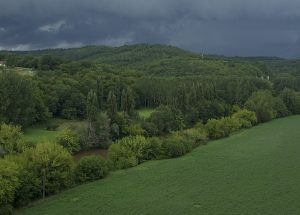
Weather and climate are two interconnected but distinct concepts that describe atmospheric conditions over different time scales. Weather refers to the short-term variations in atmospheric conditions, such as temperature, humidity, precipitation, wind speed, and atmospheric pressure, occurring over hours to…

Waves are a fundamental aspect of the natural world, characterized by the transfer of energy through a medium, typically air or water. They can take various forms, including ocean waves, sound waves, seismic waves, and electromagnetic waves, each with unique…
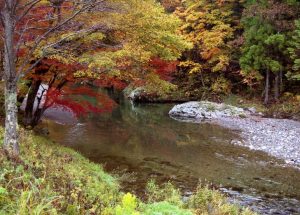
A watershed, also known as a drainage basin or catchment area, is a geographic area defined by the natural boundaries of surrounding land that collects and channels precipitation and surface water into a central outlet, such as a river, lake,…
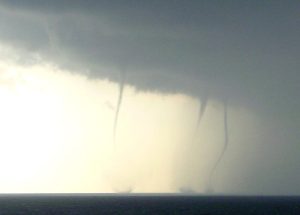
Waterspouts are fascinating meteorological phenomena characterized by a funnel-shaped cloud descending from a cumulus cloud to the surface of a body of water, such as a lake, river, or ocean. They are essentially tornadoes that form over water, deriving their…
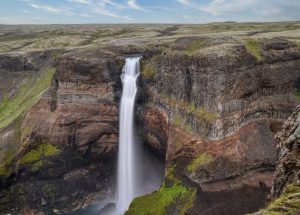
Waterfalls are natural geological formations characterized by the downward flow of water over a vertical drop in elevation. They are formed by various processes, including erosion, tectonic activity, and changes in the landscape. Waterfalls can be found in diverse environments,…
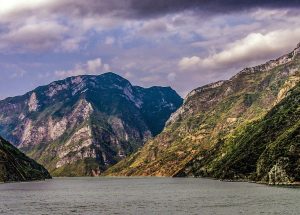
The Yangtze River, also known as the Chang Jiang, is the longest river in Asia and the third-longest in the world, stretching over 6,300 kilometers (3,917 miles). Flowing predominantly through China, it plays a crucial role in the country’s geography,…
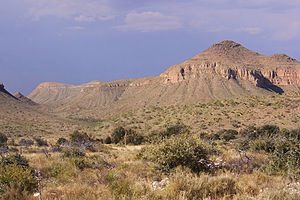
As we know that there are two types of deserts, hot and cold desert. In this case, we will discuss Facts about hot deserts. Most of the hot desert can be found in the subtropics. There are only ten inches…

A large number of gold which is found in the Australia will be explained on Facts about Gold in Australia. It was also known as gold rush. There are many people who came to Australia to look and find for…
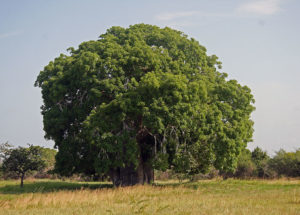
The tropical grassland will be explained on Facts about the African Savanna. African Savanna belongs to the largest and the best known savanna in the world. African savanna lies near the equator and can be found between the subtropical deserts and…
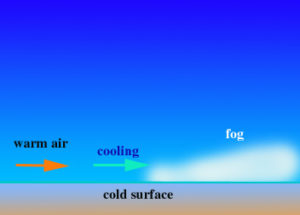
Have you ever seen fog? Yes, Facts about Fog will inform you about clouds on the ground. Cloud that is created by high level of fog called stratus. Fog happened because droplets of water that lay in the air. Location, temperature, atmosphere, and weather can…














